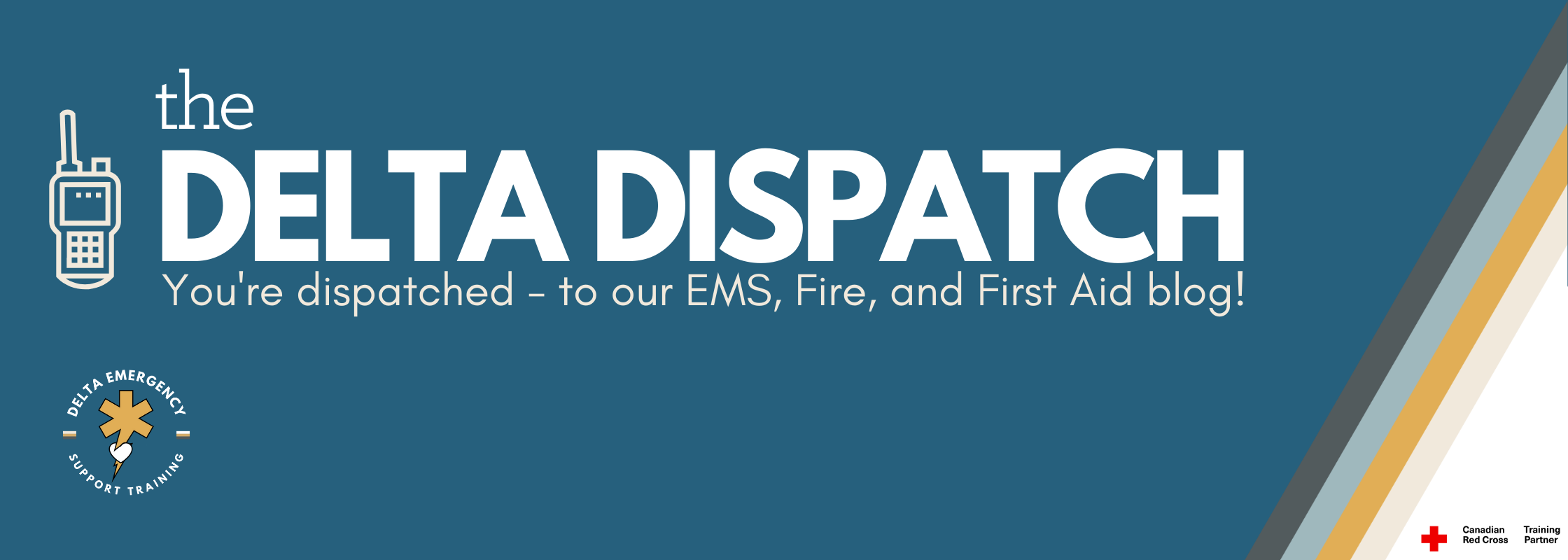Heat Exhaustion, Heat Stroke, and Dehydration: A Guide for Professional Responders
/It’s May, and as the weather warms up and summer approaches, the risk of heat-related emergencies naturally increases. Longer, hotter days mean more time outdoors, higher physical activity levels, and greater exposure to the sun and heat. For professional responders—including Emergency Medical Responders (EMRs) and Advanced First Aiders (AFAs) working within EMS—being prepared to prevent and manage heat-related illnesses is essential.
Understanding how heat impacts the body and knowing how to recognize and treat conditions like heat exhaustion, heat stroke, dehydration, and sunburn can make a critical difference in patient outcomes during these warmer months. This guide follows Red Cross Emergency Care for Professional Responders standards to help you deliver confident, effective care when it matters most.
Understanding Heat-Related Emergencies
The body maintains a core temperature near 37°C (98.6°F). When exposed to high heat and humidity, or during exertion, the body’s cooling system can fail, causing heat-related illnesses:
Heat Cramps
Muscle spasms from electrolyte loss during heavy sweating.
Heat Exhaustion
Result of fluid and salt depletion; symptoms include weakness, heavy sweating, dizziness, nausea, pale skin, rapid pulse.
Heat Stroke (Medical Emergency)
Body temperature above 40°C (104°F), with failure to regulate heat. Symptoms include confusion, seizures, hot dry or moist skin, and unconsciousness. Immediate EMS intervention is critical.
Dehydration
Inadequate fluid replacement causing thirst, dry mouth, fatigue, and dizziness.
Sunburn
UV radiation damage to skin ranging from redness to blistering.
Risk Factors for Heat Emergencies
Hot and humid environments
Intense physical activity
Inadequate acclimatization
Heavy or restrictive clothing
Certain medications and health conditions
Extremes of age (young children, elderly)
Alcohol use
Prevention Strategies (Red Cross Recommendations)
Hydration
Encourage frequent water intake; avoid diuretics like caffeine and alcohol.
Appropriate Clothing and Shade
Wear light, breathable fabrics and protective hats.
Seek shade during peak sun hours (10 a.m. to 4 p.m.).
Activity Adjustments
Schedule exertion for cooler times; take regular rest breaks.
Sunscreen
Use broad-spectrum SPF 30+ and reapply every two hours.
Monitor Vulnerable Individuals
Check on children, elderly, and those with medical conditions regularly.
EMS First Aid: Managing Heat Emergencies
Heat Cramps
Move the patient to a cool environment.
Provide fluids with electrolytes if tolerated.
Gently stretch cramped muscles.
Heat Exhaustion
Move patient to shade or cool area.
Loosen clothing and apply cool compresses.
Administer oral fluids cautiously.
Monitor airway, breathing, and circulation (ABCs).
Prepare for transport if no improvement.
Heat Stroke (Emergency Care)
Call advanced medical services immediately.
Move patient to cool environment, remove excess clothing.
Apply rapid cooling: wet cloths, fans, cool water immersion if safe.
Monitor vital signs closely; be ready to provide advanced life support.
Do not give fluids if patient is unconscious or vomiting.
Dehydration
Provide oral rehydration solutions if alert.
Transport if severe symptoms or unable to tolerate fluids.
Sunburn
Remove from sun exposure.
Apply cool compresses and moisturizing lotions.
Monitor for severe reactions requiring medical care.
When to Escalate Care
Altered mental status or seizures
Unresponsiveness or unconsciousness
Persistent vomiting or inability to take fluids
Signs of shock
Extensive sunburn or blistering
Conclusion
As EMS providers—including EMRs and AFAs—adhering to Red Cross Emergency Care for Professional Responders standards is essential for effective summer care. Preventing heat emergencies through education and early intervention can save lives.
Stay vigilant for signs of heat-related illness, prioritize rapid cooling and hydration, and always escalate care when indicated. Your knowledge and readiness make all the difference.
Want to enhance your EMS skills with Red Cross–approved training? Our instructors are experienced paramedics and firefighters who provide hands-on, practical Advanced First Aid and EMR courses designed to prepare you for real-world emergencies.




